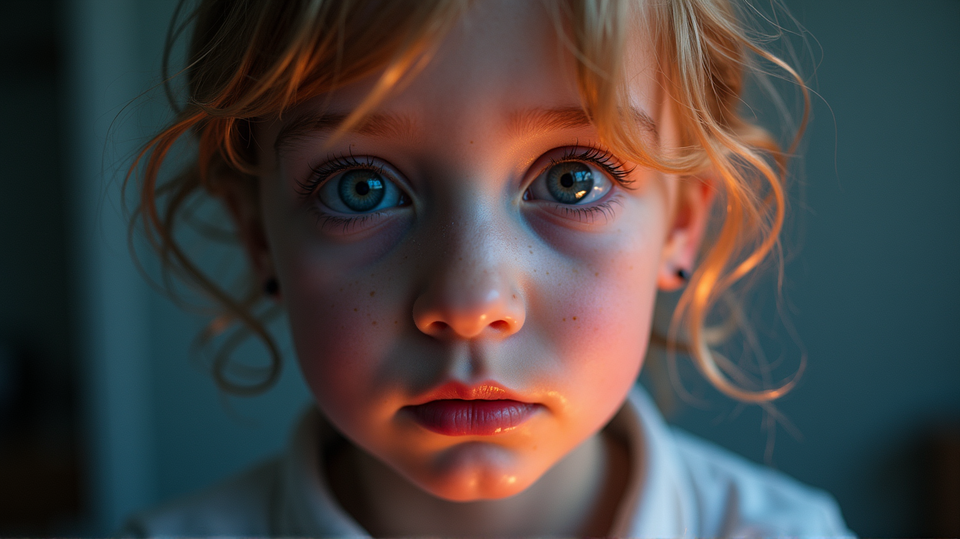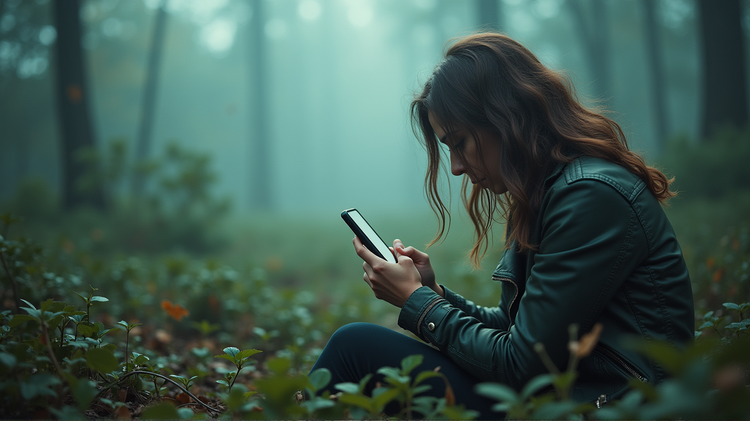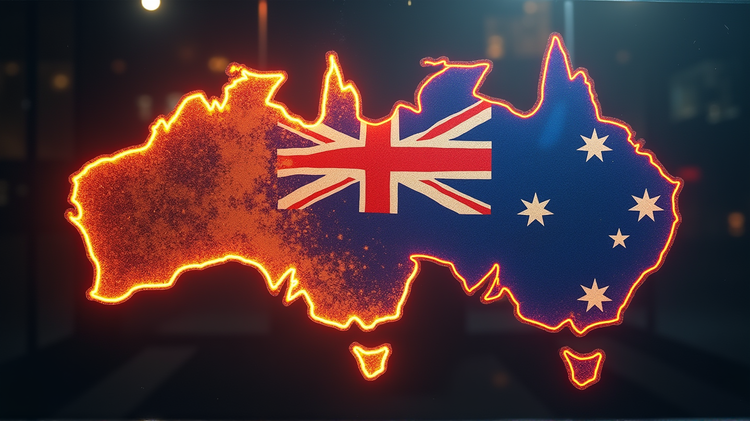Australia's Bold Move: YouTube Joins Social Media Ban for Kids Under 16

An Unexpected Turn
Australia has taken a significant step towards child online safety, surprising many by including YouTube in a new social media ban for children under 16. This decision aligns YouTube with platforms like Facebook and TikTok under stringent new legislation slated for implementation in December. The move targets the persuasive design of these platforms, recognized for features like autoplay and endless scroll, which can make exposure to harmful content almost inescapable for children. According to News Channel 3-12, this initiative came after a surprising reversal of a previous stance by the government, intending to initially exempt YouTube due to its educational benefits.
Government’s Rationale
In defense of this bold regulation, Communications Minister Anika Wells, drawing an analogy with swimming, likened managing online exposure to teaching children to swim in safe, controlled environments versus the dangerous openness of the sea. The legislation is a response to survey results from the eSafety Commission revealing 37% of children encountered harmful content on YouTube, with content ranging from dangerous challenges to negative body image influences.
The Role of Age Verification
A year after passing the ruling, how it will function remains complex, with the Australian government conducting trials on age verification technologies. Preliminary findings suggest these checks could be private and robust, yet no single foolproof solution exists. Some emerging concerns point to potential privacy risks, with platforms preemptively developing tools for age verification which could lead to data security issues.
Industry Reaction and Adaptation
The ruling has faced resistance from tech giants, who argue their current efforts to safeguard young users are sufficient. Yet, the Australian government’s stance remains firm amidst legal threats. Platforms like YouTube have responded by testing new technologies to identify under-18 users through AI, altering service provisions accordingly.
Community Concerns and Policy Implications
While the legislation has stirred debate concerning privacy and access for isolated children, it underscores a need for reevaluating online safety. Minister Wells recognizes potential workarounds by savvy kids but insists that the risk to young Australians is undeniable. As other countries look on, Australia’s approach could set a precedent in global online safety standards, inviting a reexamination of social media’s impacts on youth.
This seismic regulatory shift will likely echo beyond Australia’s borders, as the world watches to see how effectively these measures will protect young users from the digital dangers lurking in the vast ocean of social media.




